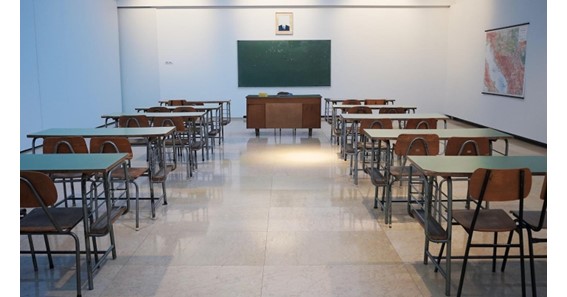The future of education is intertwined with what technology can offer. Therefore, smarter and better learning options and approaches will be available to educators as technology improves. Similarly, knowledge will hopefully reach every inch of this planet as the internet becomes more accessible.
Looking into the future, various approaches and tools should make a positive impact on education. As such, this article highlights the role of transformative innovations through personalized learning and virtual reality in imparting knowledge. Likewise, it presents what artificial intelligence and collaborative learning have to offer.
Personalized Education
Personalized learning is tailor-made education that caters to your academic or professional needs. As technologies get better and cheaper, this option is becoming more accessible to more learning platforms.
Personalized learning offers you several advantages, so you can do the following:
- Learn any concept or idea at your own pace.
- Never feel alone or bored due to individualized content.
- Easily explore topics deeply.
- Access educational materials at all times without restrictions.
- Choose topics that conform to your passions and interests.
- Opt for content that is engaging to you.
Personalized education is something students find more engaging. It can allow them to concentrate more on subjects they find interesting. With modern tools and technologies, students can even purchase a plagiarism free essay online when they need help with certain subjects. With some external aid, boring tasks can be set aside, and students can progress in the areas that interest them without unnecessary stress.
Extended Reality
Extended reality offers learners a world of possibilities by enhancing the learning experience through virtual, augmented, and mixed reality.
Virtual Reality
Virtual reality allows access to education via a completely virtual medium. It gives instructors an excellent tool that allows for deeper learning. Through full-blown animation, students can go on virtual trips to different locations around the world without stepping out of the classroom.
Augmented Reality
With augmented reality, teachers and students have different tools to work with. For example, students can receive pop-ups from teachers at strategic periods during classes. Also, with the help of portable devices, various objects can be overlaid using headgear to explain concepts better. By extension, learners are better able to complete assignments and term papers.
Mixed Reality
For learners involved in technical courses, mixed reality helps simplify complex ideas and concepts. For instance, professors delivering engineering courses can use this technology to break down the components of an engine. Also, this technology is an excellent tool for students learning about the anatomy of humans or animals.
Extended reality is transforming education every day. It makes it easier for students to acquire and enhance specific skills. It is safe to say that extended reality will remain popular for years to come and will serve as a key feature in future learning.
Artificial Intelligence
Artificial intelligence (AI) is a tool with immense applications in the future of education. It is helpful to both learners and instructors, as highlighted below.
- AI allows for personalized feedback after assessments by adapting to your learning style.
- It gives a comprehensive insight into your grades by highlighting areas of strength and weakness. In addition, it presents topics you should focus on mastering.
- It gives you access to adaptive tests and exams that change as your abilities grow. As such, it will eventually faze out standardized assessments, which are usually not the best to test competence.
- It will reduce the workload of instructors by providing access to AI-based tutors capable of giving personalized help, answering questions, and simplifying challenging concepts.
- It should provide you access to 24/7 virtual tutors who can support you with anything.
Click Here – Inclusive Education: Nurturing Success for Every Student
Collaborative Learning
Teleconferencing technologies allow for collaborative learning with students and instructors from all over the world. Therefore, these tools should help you exchange ideas more effectively. Although virtual collaboration is possible now, this tool should improve as technology enhances. Such a solution helps you connect with people from diverse backgrounds. With the development of improved extended reality and teleconferencing technologies, collaboration should become easier. In addition, the use of holograms and other multidimensional communication tools should improve.
Conclusion
The future of education depends on technological innovations that should transform students’ academics. Through personalized learning, students can get access to tailor-based education. On the other hand, extended reality and artificial intelligence offer learners access to a more immersive education. Finally, collaborative learning consolidates these technologies to provide you access to the education of the future.
About the Author
Olivia Evans specializes in creating education-centered content. As such, she regularly writes articles and posts about topics related to students, educators, and learning institutions. When she is not writing, Olivia likes to travel and dance.

